Taj Mahal
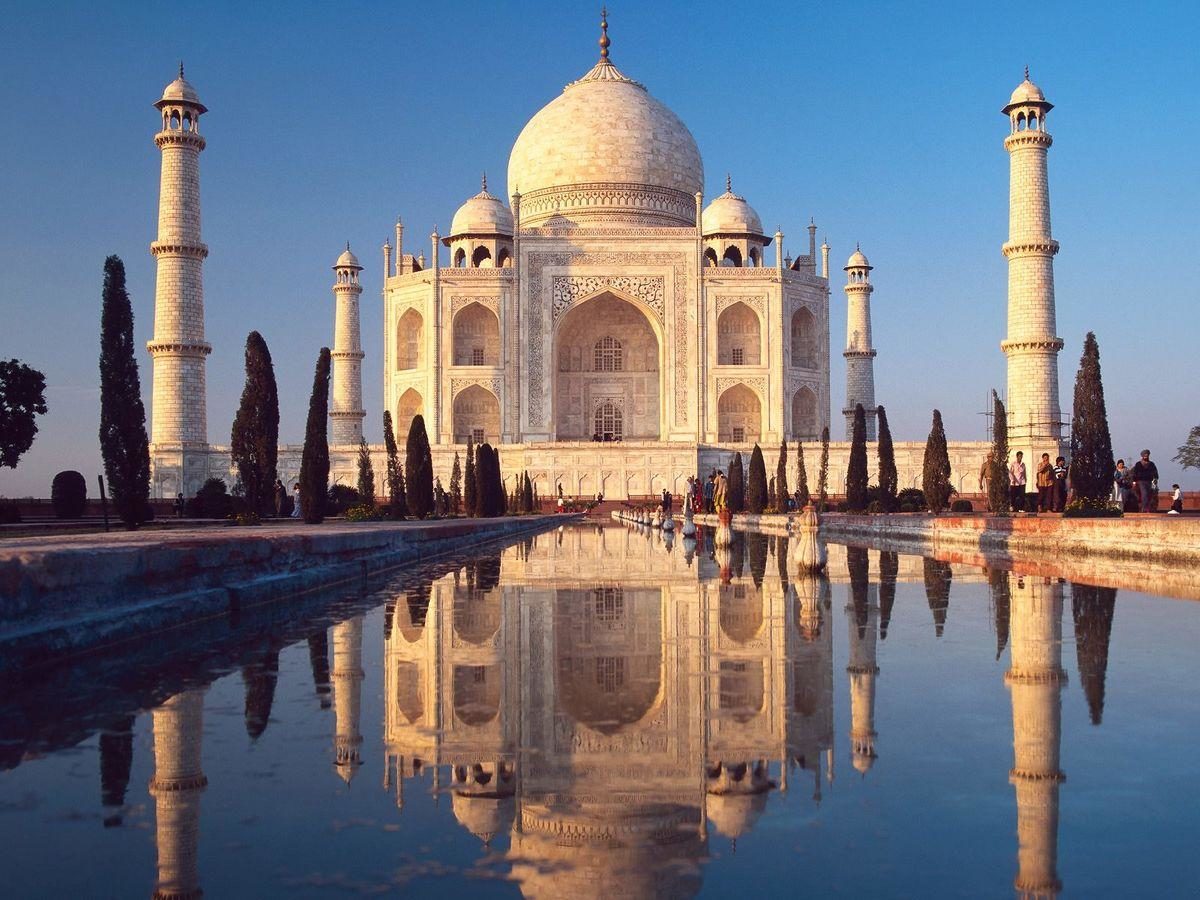
This mausoleum was built in 1648 by Mughal Emperor Shah Jahan. One of the most iconic monuments of architecture in the world that unites elements of Islamic, Persian, and Indian architecture.
Fatehpur Sikri
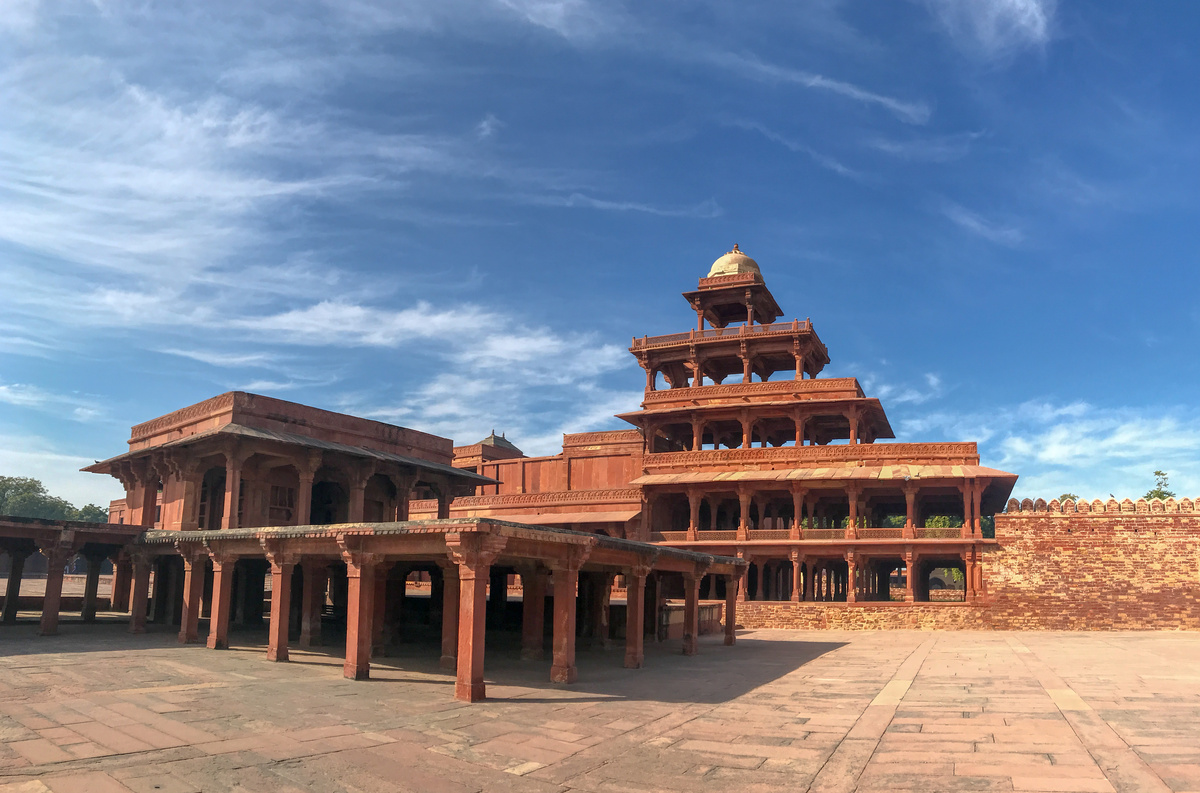
Short-lasting capital city, built in 1570, abandoned in 1585 due to the lack of water. Complex of buildings preserved up to this day in unchanged condition, contains numerous valuable monuments of architecture.
Varanasi
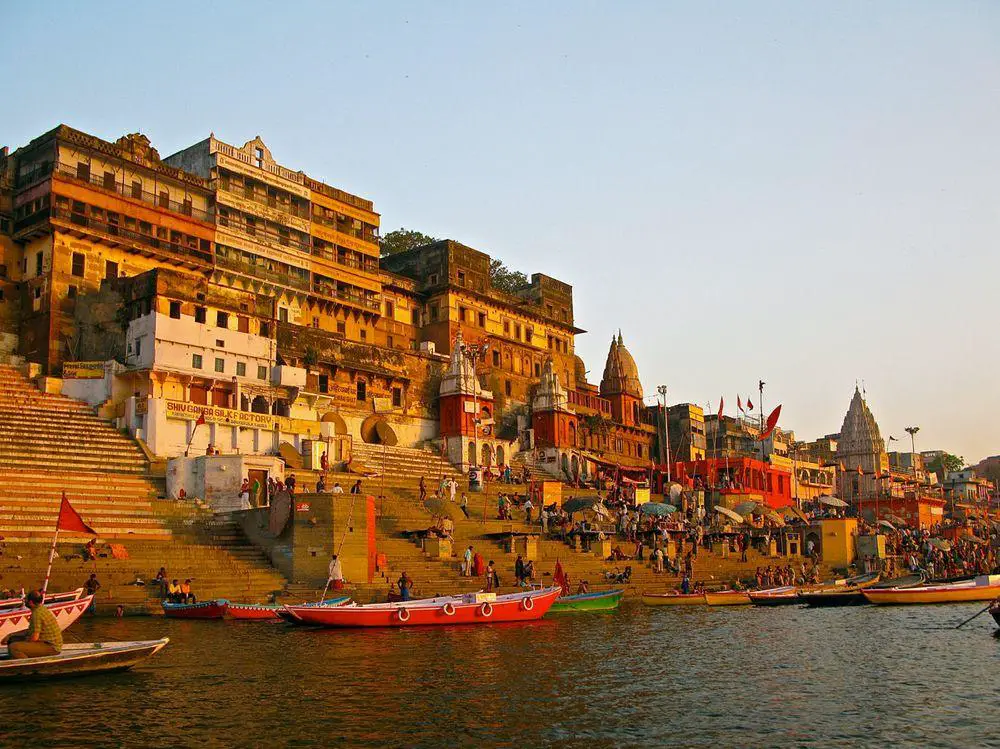
Varanasi is an ancient holy city of Buddhists, Hindus, and Jains. With its approximate 3000 years of age, Varanasi is one of the oldest inhabited cities in the world. Numerous valuable monuments of architecture and history, location of living unique traditions.
Agra Fort
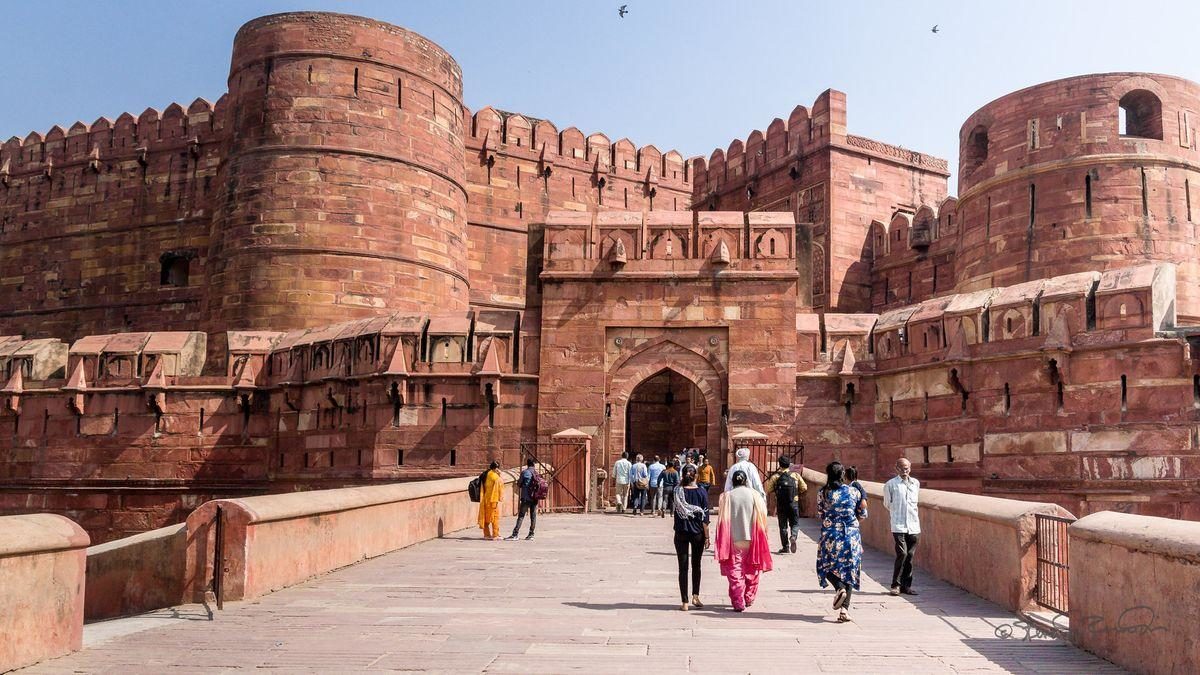
The most important walled royal city in the area of India. Here have resided many Mughals. Fort contained state treasury. Last major reconstruction took part in 1573, then the external surfaces were covered with red sandstone.
Sarnath
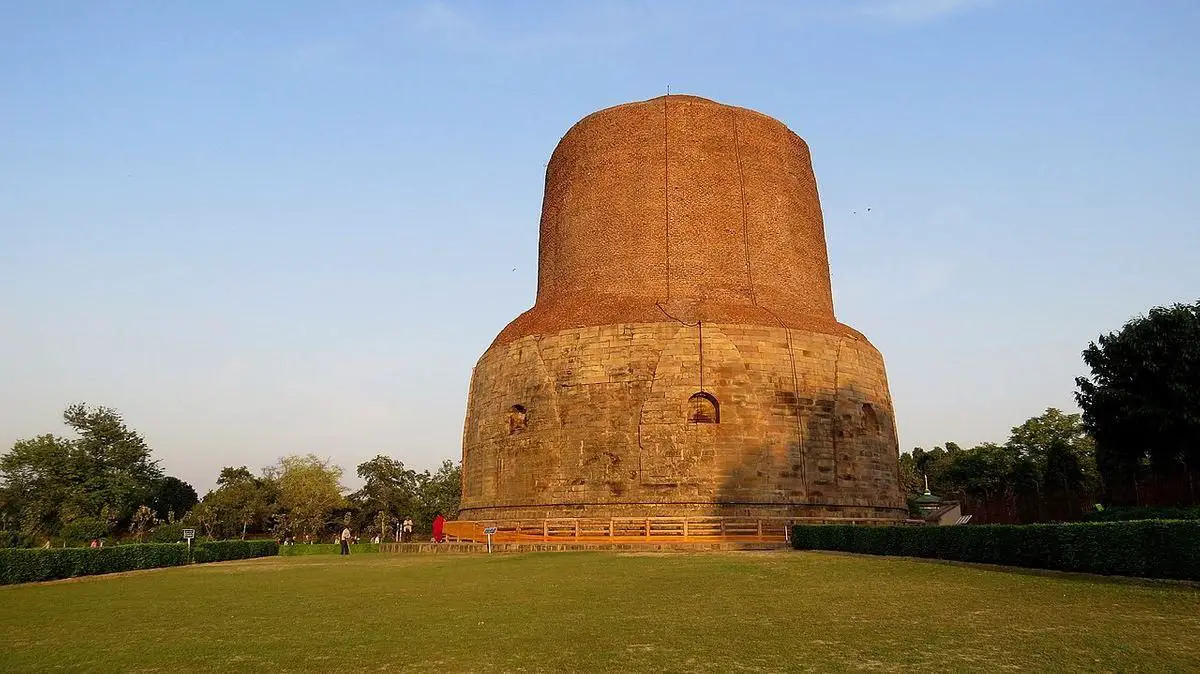
One of holiest sites for Buddhism, it is here that Buddha gave his first sermon. It contains numerous ancient and contemporary monasteries and temples, including Dhamek Stupa (500 AD), Chaukandi Stupa (the 4th – 6th centuries) and others.
Kushinagar
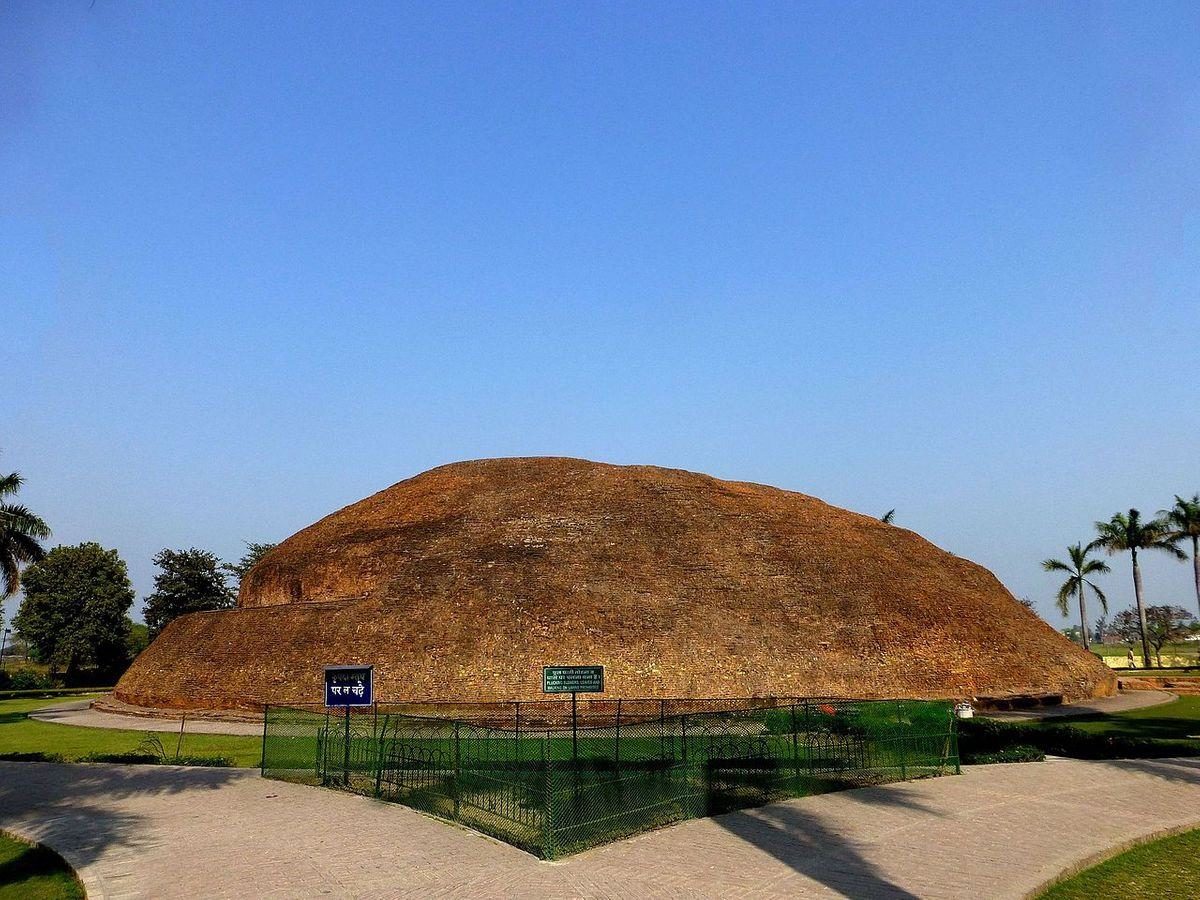
This is one of the most important Buddhist sites, it is here that Gautama Buddha died. It consists of numerous monuments, including Makutabandhana hill, the site of Buddha’s cremation.
Tomb of Salim Chishti
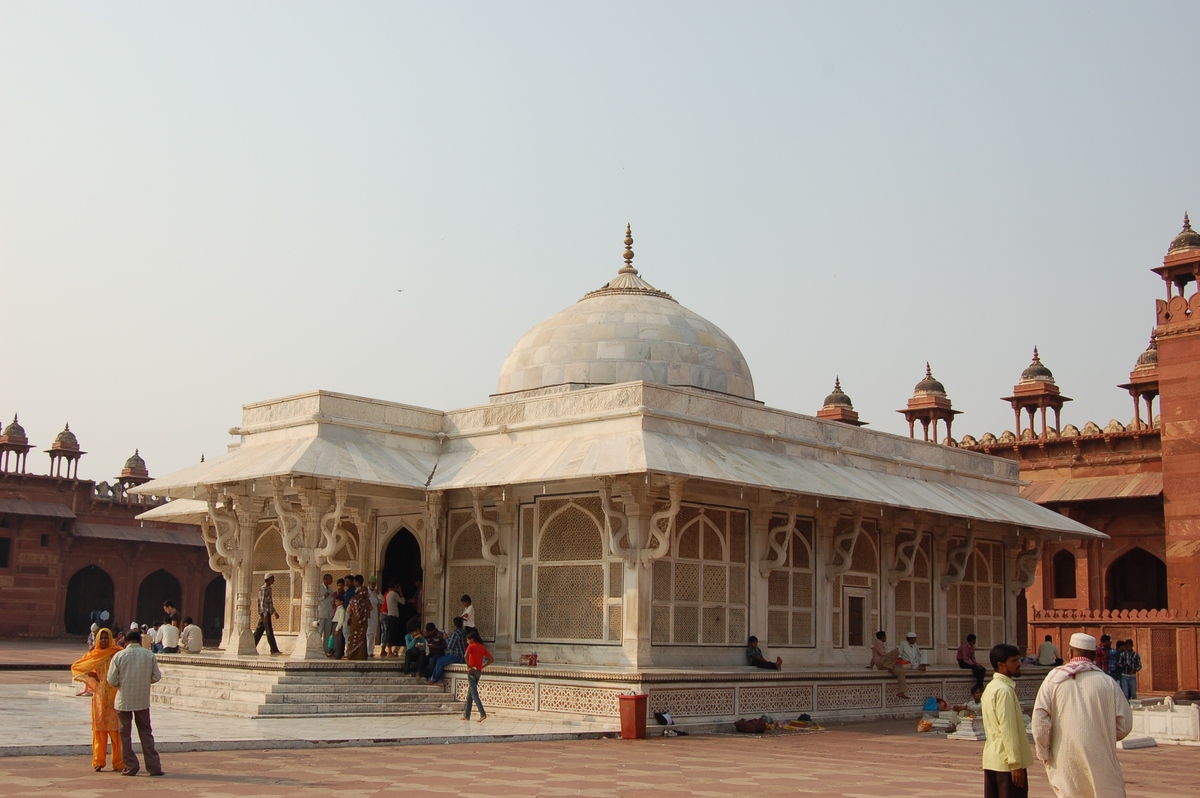
Tomb of Sufi saint, a beautiful mausoleum that was constructed in 1580 – 1581.
Hastinapur Jainist temples
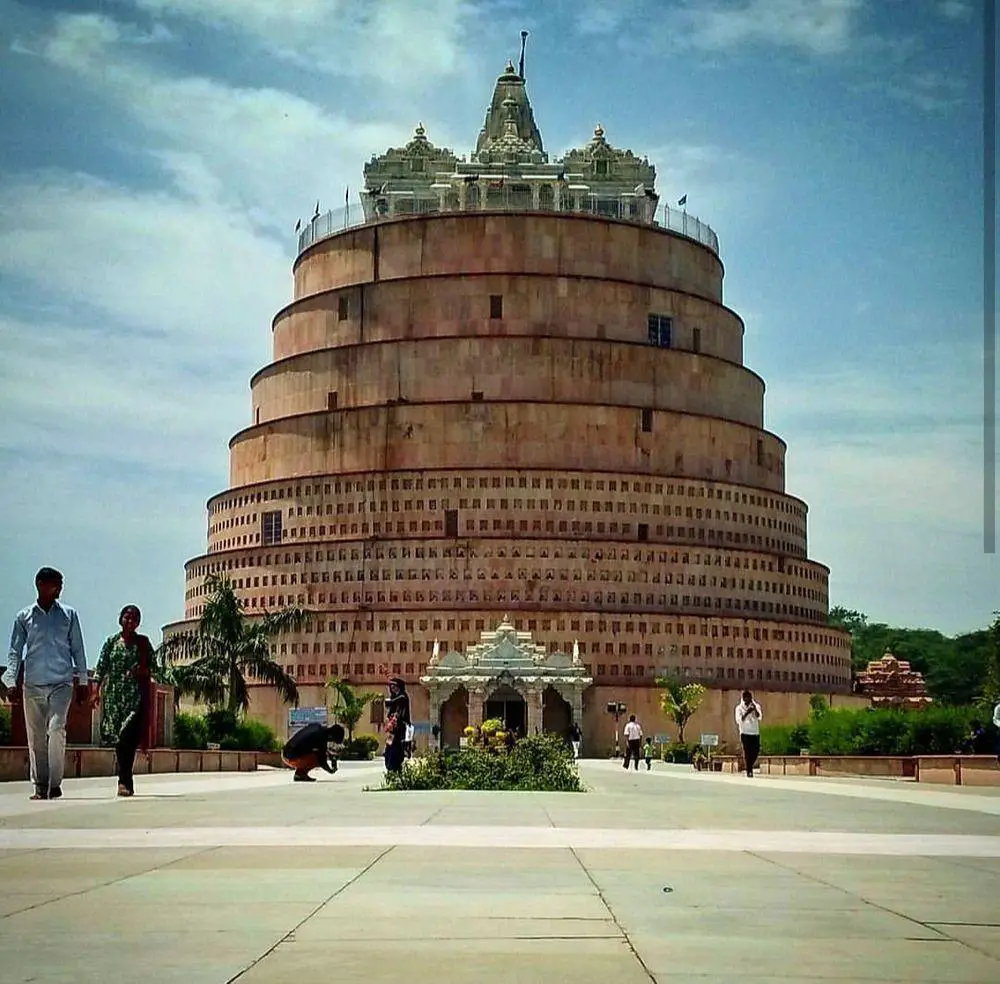
One of most exquisite groups of Jainist temples.
